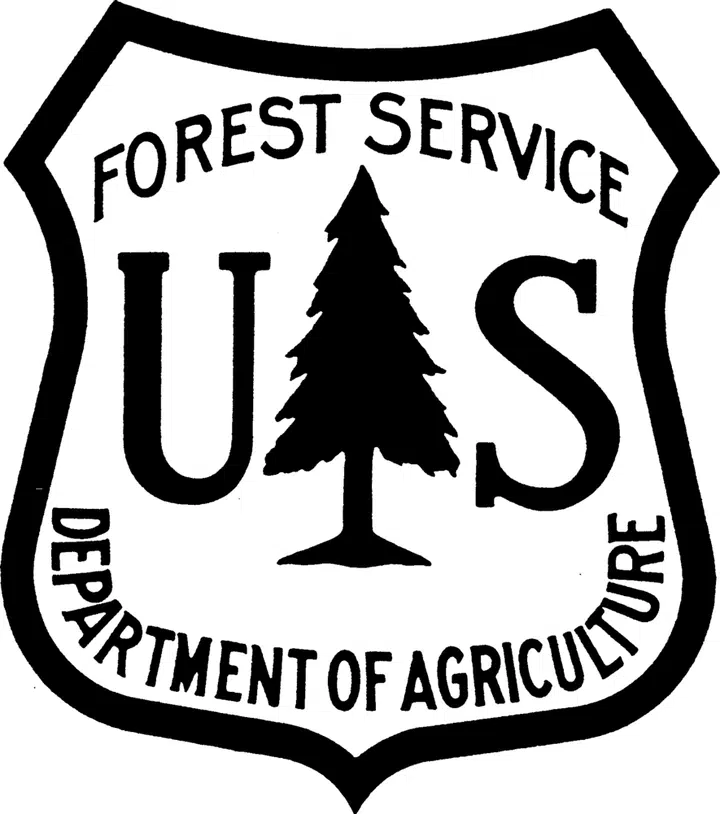Growing Students in Science
Growing Students in Science: A Community Partnership to Build Interest and Ability in the Sciences is a unique program to Northeast Ohio.
Array
(
[results] => Array
(
)
[total] => 0
[type] => event
[next] => Array
(
[text] =>
)
[summaries] => Array
(
[ticket_link] =>
[date_summary_text] =>
[date_summary] => Array
(
[is_sequential] => 1
[start_range] =>
[start_range_day] =>
[end_range] =>
[end_range_day] =>
[summary_text] =>
)
[is_cost_included] =>
[is_sold_out] =>
[is_save_the_date] =>
)
[has_additional] =>
)
Empower your 2nd-5th grade students with a transformative Growing Students in Science program, designed to foster inquiry-based learning and real-world application of scientific concepts.
This dynamic program seamlessly integrates place-based education through immersive field experiences at The Holden Arboretum, bringing science to life beyond the classroom. Our expert Holden staff deliver engaging, hands-on learning experiences directly to your students, complemented by robust online resources that reinforce key concepts. We offer differentiated instruction support with flexible entry points and scalable implementation, catering to your school’s unique needs. We provide ongoing, embedded professional development during your scheduled PD days to ensure teacher efficacy and maximize impact. This comprehensive program, covering all field trips, classroom visits, and materials, is a powerful tool to cultivate 21st-century skills and ignite a passion for science.
Secure your students’ future in STEM by contacting Beck Thompson, bthompson@holdenfg.org, to enroll.
Testimonials
“The Holden Arboretum experiences for 3rd graders are so immersive! The hands-on lessons are engaging and comprehensively address life and earth science standards; quality literature is also integrated. Instructors are knowledgeable, and they enthusiastically facilitate kids’ exploration of the vast outdoor classroom.”
– Michelle Molchen, Third Grade Teacher at Kirtland Elementary School
“Holden Arboretum’s Growing Students in Science program has been an invaluable experience for our students. Hands-on, experiential learning brought science to life, deepening their understanding in ways that classroom instruction alone could not. The program not only reinforced our curriculum but also ignited curiosity and enthusiasm for the natural world.”
– Vickie Loncar, Director of Curriculum, Mayfield City School District
“The Holden Arboretum Growing Students in Science program has been a wonderful program for our fifth graders. It offers in and out of the classroom experiences where the students are able to get hands on experiences with learning our life science standards in a fun and engaging way…It has been a great experience for them to be able to go out and explore the forest floor and the river!”
– Rebecca Bauman, 5th Grade Teacher at Garfield Heights City Schools
Program Descriptions
FALL: Tree Detectives- Growing Students in Science – at Holden Arboretum
As tree detectives, students will discover clues about how trees are essential in a habitat or community. They will start their journey by determining if trees are alive. They will then explore, using magnifying glasses, the living and non-living things trees interact within their physical environment. Using thermometers, they will discover how trees play a role in influencing temperature in a particular location. By observing the tiny holes – stomata – on the underside of leaves, they will learn that trees are essential to animal survival and that air occupies space. Finally, using anemometers, students will understand how energy, in the form of wind, can impact trees and their environment.
WINTER: Ice Age Detectives – Growing Students in Science In-Classroom Program
Students will investigate how fossils can tell us about the climate of Ohio long ago. In this interactive program, students will go on a guided storybook journey to visualize the Ice Age and how it changed over time. They will understand how climate change affected trees and ultimately led to the extinction of the mastodon, giant beaver, and stag moose. Students will plant tree seeds from the Ice Age and the present day to observe in the classroom over time.
SPRING: Water Cycle Detectives – Growing Students in Science- at Holden Arboretum
On this tour, students explore how water travels through trees and that trees are a part of the water cycle. They will journey outside with a Holden instructor to discover the amount of water in the air (humidity), how water molecules stick to each other, and the natural objects they land on. Students will explore the roots of a tree, listen to the water traveling through the tree’s trunk, and understand that trees release water through tiny holes on the leaves’ underside.
FALL: Life Cycles of Plants and Animals – Growing Students in Science – at Holden Arboretum
Students explore the pattern of change that occurs during the life cycle of plants and animals. Students discover the growth stages, such as seedling, flowering, and fruiting in various plants. They compare the different life cycles of animals and discover that these cycles are often different depending on the type of animal. Through their experiences, students build an understanding of a plant and animal life cycle as a predictable sequence of changes that occur as the organism grows.
WINTER: Terrific Terrarium – Growing Students in Science In-Classroom Program
Students are guided through making a forest terrarium. Each terrarium contains soil, a seed to plant, and decaying plant material. Students will have the option of adding a pillbug to their terrarium later. A short lesson accompanies the making of terrariums, which includes an introduction to the terrarium ecosystem, pill bugs’ lifecycle, and soil/rock composition.
SPRING: Beneath the Surface: Uncovering the Wonders of Rocks and Soils – Growing Students in Science – at Holden Arboretum
Students embark on a captivating journey beneath their feet with our Rocks and Soils program! They will explore the characteristics of rocks, participate in the hands-on experience of building a rock garden, and dive into the fascinating world of soils. Students will identify living and nonliving elements in the soil, examine different soil types, and conduct a fun experiment testing soil water absorption. This friendly and engaging adventure invites students to discover the Earth’s secrets.
FALL: Changing Earth – Growing Students in Science- at Holden Arboretum
The fall trip focuses on various processes that shape and reshape the earth’s surface. Students will learn that landforms constantly develop and change as the forces of weathering and erosion change rocks and break them down. They will also realize that people directly affect weathering, erosion, and deposition. People can speed up erosion by clearing the land for farming, housing developments, building roads, deforestation, and strip mining. Students develop an understanding by reading topographic maps. They take a closer look at contour lines and contour intervals as they use and build their topographic map.
WINTER: Changing Forests – Growing Students in Science In-Classroom Program
This program brings the forests to the classroom to explore how forests have changed over time and how we know this. Students will learn that today’s forests have not always looked the same. The environment is different and the plants are different. Students will look at the fossil evidence of plants and learn firsthand that some have gone extinct, some have adapted to their surroundings, and some new ones were not around before. Using fossils and plants, students will discover what the same is, what has changed, and what might be the reason behind these changes.
SPRING: Keeping Our Heritage Alive – Growing Students in Science – at Holden Arboretum
Students explore Working Woods, which Holden used to produce maple syrup from 1976-2006. Like Ohio, the property has changed much since the settlement. Students study these changes by examining the two types of ecosystems, forest and field, found on the property. They become scientists and study various living and non-living things in the environment. They discovered that different animals inhabit each ecosystem, and how human interaction, or natural disasters, can change the ecosystem over time.
FALL: Systems – Growing Students in Science- at Holden Arboretum
In this unit, students will begin a study of ecosystems with an introduction to the Controlled Ecological Life Support System (CELSS), pronounced “sells,” NASA research on self-sustaining ecosystems, which would allow humans to colonize space. To understand the complexity of the challenge, students will investigate the interdependence between biotic and abiotic components of an ecosystem. They will diagram the cycle through the ecosystem and experiment with a model ecosystem, a terrarium, to learn what factors may influence the success of a system. Follow-up investigations facilitate a closer inspection of plants, animals, decomposers, and abiotic factors so that the students will learn what they need to know to design their own CELSS for a space outpost on the moon, Mars, or orbiting the earth.
WINTER: Rachel Carson – Growing Students in Science In- Classroom Program
Students learn about Rachel Carson and her impact on improving ecosystems. Carson was a famous biologist, conservationist, and author of Silent Spring. Students learn about Carson’s life and her studies of the balance of nature as it is affected by humans’ actions. She challenges students to consider the consequences of human actions. She encourages them to be scientists by observing and asking questions.
SPRING: Explore a River – Growing Students in Science – at Holden Arboretum
During May, classes visit a river ecosystem. Students explore the river’s living and non-living components, learn about the organisms that live here, and explore their relationships with each other. Students will participate in identifying river macroinvertebrates and collecting data to determine the river’s health. The data is sent to the Ohio Division of Natural Resources as part of the Stream Quality Monitoring Program.






